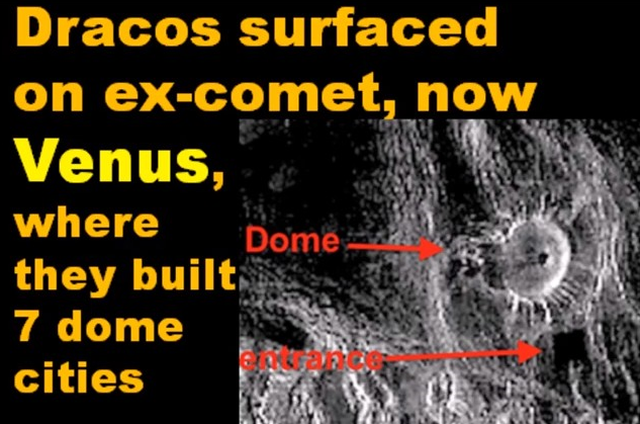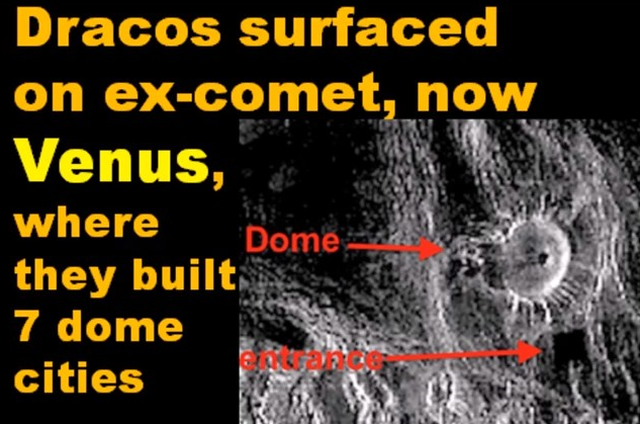A remarkable slice of ancient history has been unearthed beneath the depths of the Baltic Sea, marking a significant milestone in archaeological exploration. This groundbreaking discovery was serendipitously made in Germany’s Bay of Mecklenburg, during a routine student expedition.
Located approximately 10 kilometers (six miles) offshore, the team of researchers stumbled upon an intriguing anomaly using their multi-beam sonar system.
What they found was a sprawling, enigmatic wall extending nearly a kilometer along the seabed, nestled at a depth of 21 meters (69 feet). Detailed analysis has revealed that this colossal structure dates back over 10,000 years, potentially making it the oldest known megastructure built by ancient Europeans.
Comprising approximately 1,670 individual stones meticulously arranged to connect some 300 larger boulders, the structure hints at a deliberate construction, suggesting a specific purpose conceived millennia before being submerged beneath the sea.
Led by geophysicist Jacob Geerson from Kiel University, the research team has dubbed the discovery the “Blinker wall.” They propose that it was likely built by Stone Age hunter-gatherers near a lake or marsh, serving as one of the earliest documented man-made hunting structures in history and ranking among Europe’s largest Stone Age constructions.
Over millennia, Earth’s geography has undergone profound transformations due to sea level fluctuations, erosion, and geological shifts, submerging countless ancient settlements beneath the waves and concealing their secrets. However, advancements in technology continue to unveil these submerged relics, offering invaluable insights into our ancestors’ way of life.
While the precise function of the Blinker wall remains elusive, experts speculate it might have functioned as a hunting aid, possibly guiding reindeer herds. The construction’s strategic layout suggests the intentional creation of bottlenecks to corral animals, with the potential presence of a second adjacent wall hinted at by the researchers.
Detailed examination of the structure’s dimensions, composition, and alignment strongly indicates human involvement, ruling out natural formation. The team’s analysis posits the Blinker wall’s construction over 10,000 years ago, with submersion occurring around 8,500 years ago.
The significance of the Blinker wall extends beyond its age, promising valuable insights into the socioeconomic complexities of ancient hunter-gatherer societies in the region, illuminating their way of life and interaction with the environment.
The Baltic Sea is full off ancient mysteries, not only the discovery of the ruins of the 11,000-year-old megastructure but also the discovery in June 2011 by Swedish OceanX diving team of an enigmatic anomaly displaying unconventional characteristics sparking speculation that it could be a submerged UFO. Despite the explanation behind the Blinker wall, the UFO-like anomaly continues to baffle experts, shrouded in mystery to this day.



